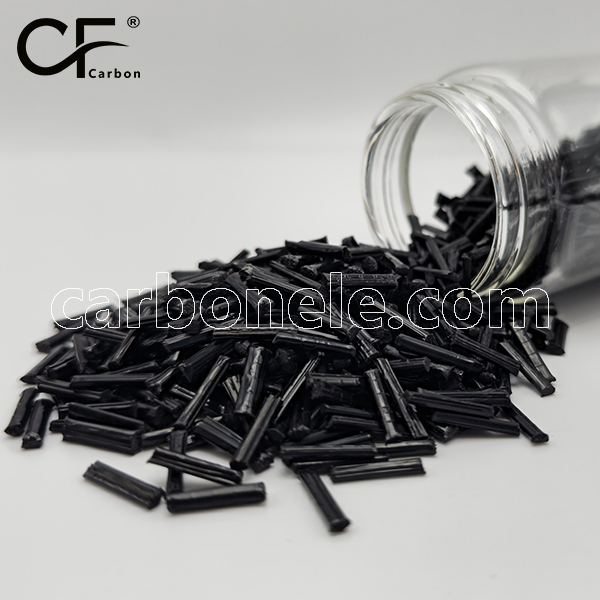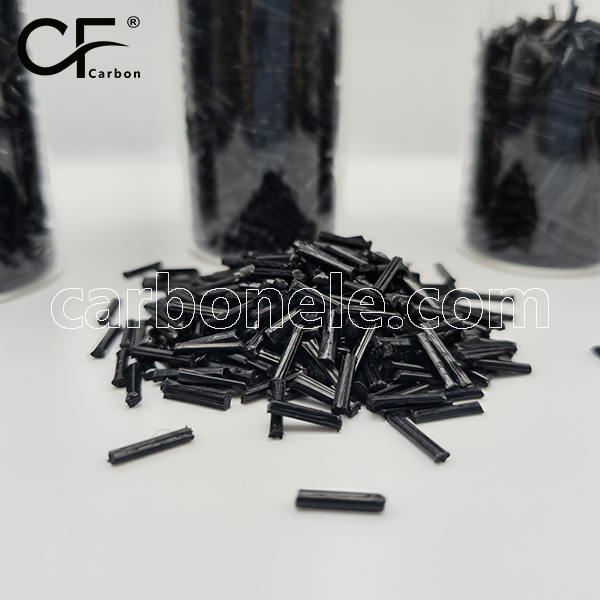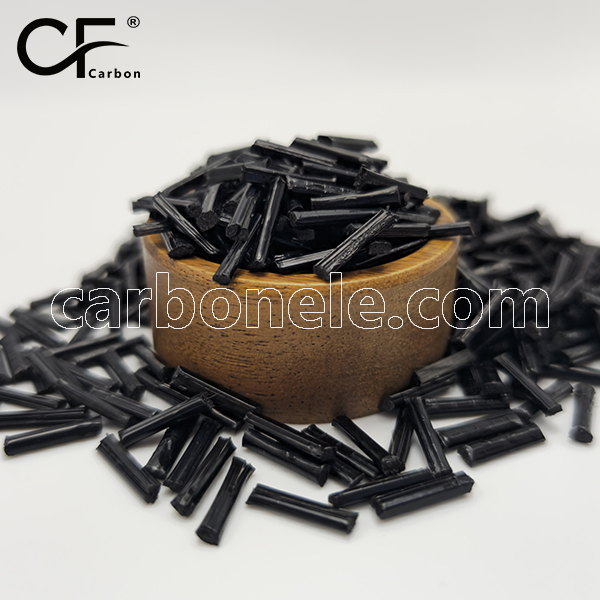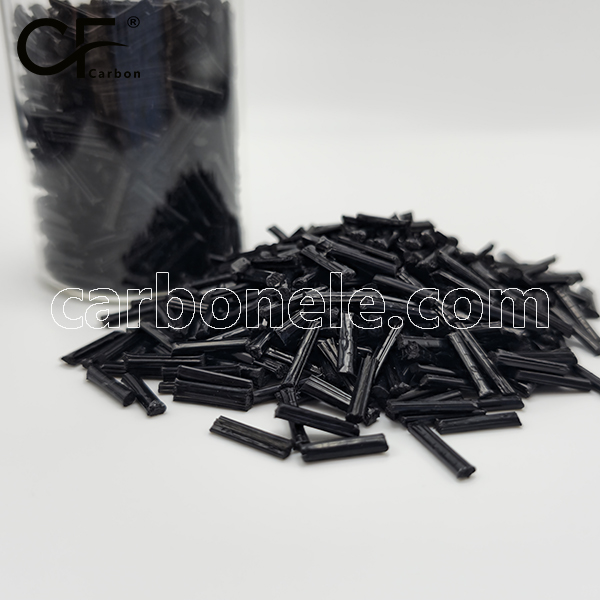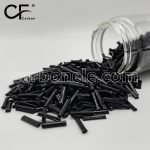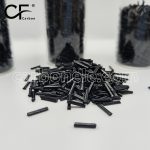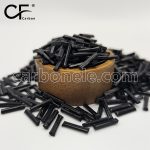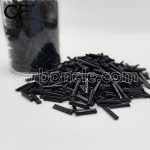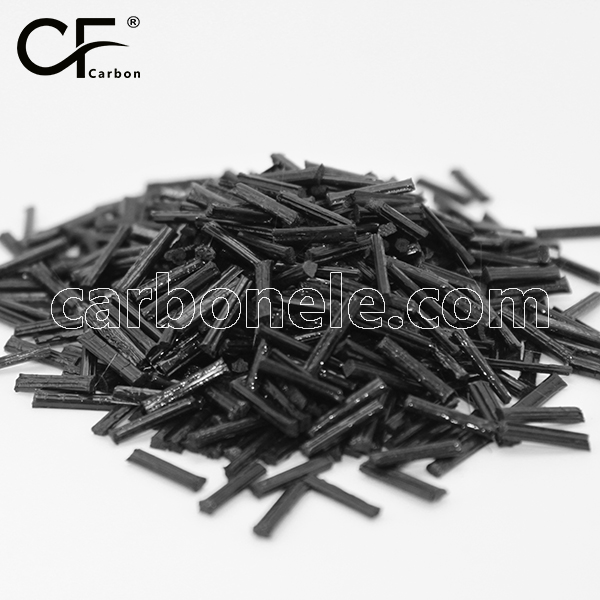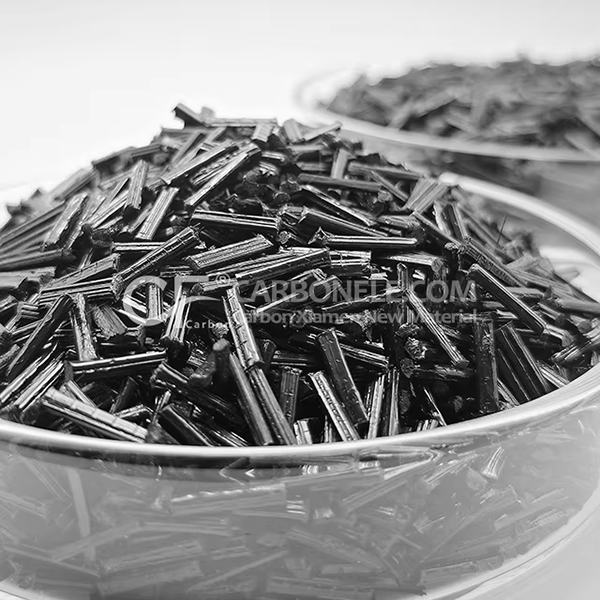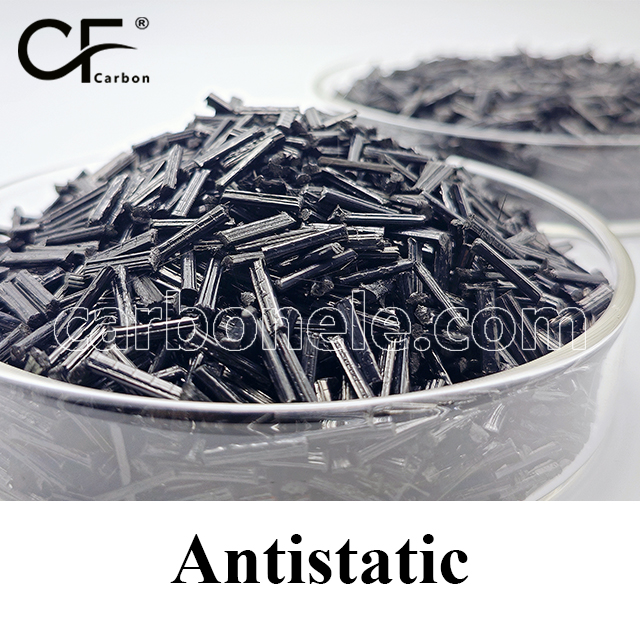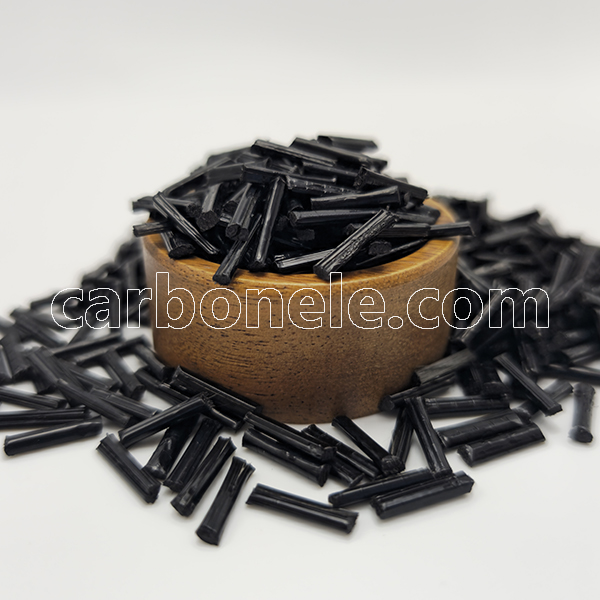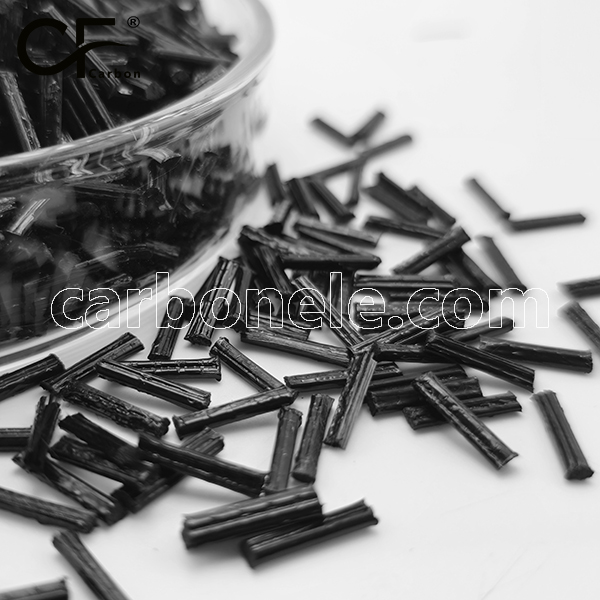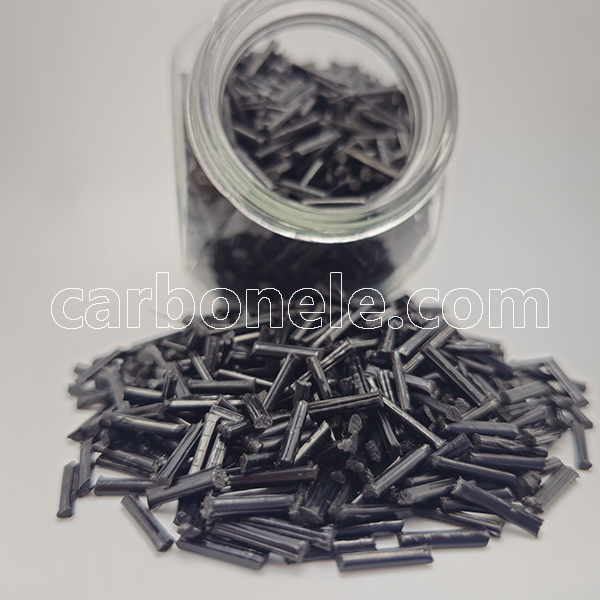
Modulus 20000+Mpa Nylon PA66 LCF30 for UAV Fixed-wings
Nylon PA66 LCF30 (PA66-LCF-BCA3) Features:
1.Stiffness: 20,000+ MPa modulus
2. Strength: 300 MPa flexural
3.Weight: 1.4 g/cm* density
4. Endurance: 100 kJ/m² impact
- Manufacturer: Carbon New Material
- OEM/ODM: Acceptable
- Color: Black
- Free samples: ≤10kg
- MOQ: 100kg
- Port: Xiamen
- Model: PA66-LCF-BCA3
- Fillers: LCF
Nylon PA66 LCF30 is an advanced engineering thermoplastic composite composed of polyamide 66 (PA66/Nylon 66) reinforced with 30% long carbon fibers (LCF). This material combines the toughness of nylon with the exceptional strength and rigidity of carbon fiber, making it ideal for high-performance aerospace applications.
Key Properties for UAV Fixed-Wings
-
Ultra-High Stiffness
-
Tensile Modulus: Far exceeding aluminum alloys while being significantly lighter, enabling weight reduction without sacrificing rigidity.
-
Flexural Strength: ~20000+ MPa – Resists bending forces during high-speed maneuvers and gust loads.
-
-
Superior Strength-to-Weight Ratio
-
Density: ~1.4 g/cm³ (vs. aluminum’s 2.7 g/cm³), reducing wing mass for improved flight efficiency and payload capacity.
-
-
Fatigue & Impact Resistance
-
Long carbon fibers distribute stress efficiently, minimizing crack propagation under cyclic loading—critical for long-endurance UAVs.
-
Impact strength: ~100 kJ/m² – Withstands bird strikes or rough landings better than brittle composites.
-
-
Thermal & Environmental Stability
-
Operating range: −40°C to 120°C – Maintains performance in extreme climates.
-
Low moisture absorption (<2%) vs. standard nylons, preventing warping.
-
Why Choose Nylon PA66 LCF30 for UAV Wings?
Its lightweight, high stiffness, and fatigue resistance make it perfect for fixed-wing drones requiring long flight times, high-speed stability, and durability. Compared to metals, Nylon PA66 LCF30 offers better vibration damping (reducing flutter risks) and corrosion resistance, while outperforming short-fiber composites in load-bearing applications.
Ideal for: Cargo delivery, and high-altitude UAVs. For optimal design, pair with aerodynamic optimization and FEA validation.
Surface Resistivity Comparison
Conductors < 10⁵ Ω/sq. Antistatic Materials 10⁵ ~ 10¹² Ω/sq. Insulators > 10¹² Ω/sq. Static-Dissipative 10⁶ ~ 10¹¹ Ω/sq. *Key Influencing Factors Humidity: Increased moisture can reduce resistivity (e.g., in polymers). Temperature: Affects carrier mobility (↑ heat may lower semiconductor resistivity). Surface Contamination: Dust/oils alter readings significantly. Additives: Carbon black, metallic fillers can lower resistivity. *Applications Electronics: Antistatic materials (10⁶–10⁹ Ω/sq) prevent electrostatic discharge (ESD). Aerospace: Composites must control resistivity to avoid charge buildup. Medical Devices: Insulating materials (>10¹² Ω/sq) ensure patient safety. *Examples Polypropylene (PP): ~10¹⁶ Ω/sq (excellent insulator). Carbon Fiber Composites: 10³–10⁶ Ω/sq (static dissipation). ESD Flooring: 10⁶–10⁹ Ω/sq.
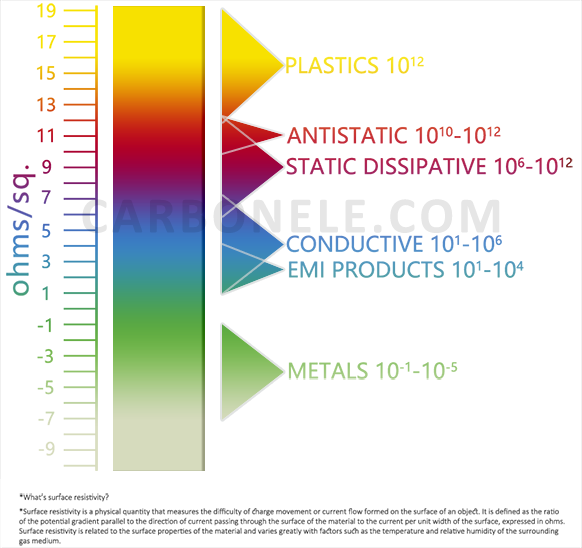
Get to Know Carbon Fibers
The table presents key performance data of carbon fiber grades. T300, with a tensile strength of 3530 MPa and a tensile modulus of 230 GPa, has a relatively low tensile elongation at break of 1.5% and a body density of 1.76 g/cm³. As the grade increases, for example, T700S shows an enhanced tensile strength of 4900 MPa compared to T300, while maintaining the same tensile modulus but with a higher elongation at break of 2.1%. T800S and T1000G both have a tensile modulus of 294 GPa, and their tensile strengths are 5880 MPa and 6370 MPa respectively. T1100G stands out with the highest tensile strength of 7000 MPa and a tensile modulus of 324 GPa. Generally, with the increase in product grade, the tensile strength and modulus tend to rise, while the density remains relatively stable around 1.8 g/cm³.

How to Buy?
If you want to obtain information such as product specifications, performance, and price, choose a suitable product according to your own needs. Meanwhile, you can ask the manufacturer to provide samples for testing to ensure that the material meets your usage requirements. If you are interested in purchasing this composite material, please contact the manufacturer Carbon (Xiamen) New Material directly.
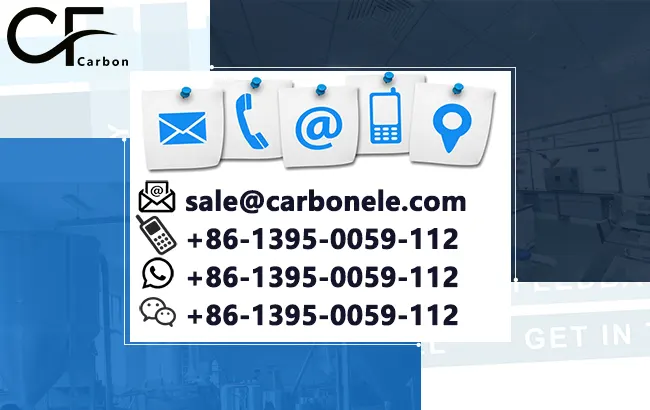
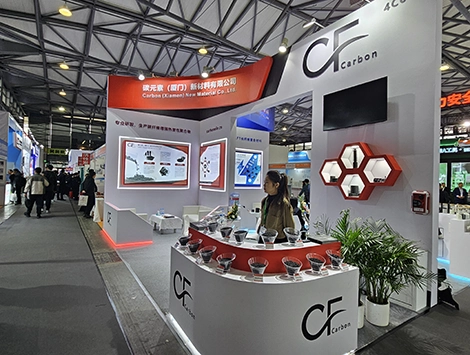

Frequently Asked Questions
Carbon (Xiamen) New Material Co., Ltd. aims to provide buyers with "one-stop" worry-free high-quality services. Here you can find all information about carbon fiber engineering plastics. If you still have questions, please send us an email for consultation!
-
How can I contact the manufacturer of a product that interests me?
When you find a product you are interested in, you can contact the manufacturer directly by sending an email and we will get back to you as soon as possible.
-
How do I find the products that interest me?
All you need to do is enter the keyword, product name in the search window and press the Enter key on your keyboard. Your search results page will then be displayed. You can also search within the product category pages on the home page. Each category is divided into subcategories, allowing you to refine your search and find products that interest you.
-
Where will I find a buying guide?
Please contact our after-sales service directly and we will provide you with a comprehensive operating guide.
-
What are CF Reinforced Thermoplastic Composites?
CF Reinforced Thermoplastic Composites are materials where carbon fibers are incorporated into a thermoplastic matrix. They combine the strength and stiffness of carbon fibers with the processability and recyclability of thermoplastics. For instance, they are used in automotive parts like bumper beams.
-
What are the benefits of CF Reinforced Thermoplastic Composites over traditional composites?
The key benefits include faster production cycles, easier recyclability, and better impact resistance. They also offer design flexibility. An example is in the manufacturing of consumer electronics casings where complex shapes can be achieved more easily.
-
How are CF Reinforced Thermoplastic Composites processed?
Common processing methods include injection molding, extrusion, and compression molding. Injection molding is widely used for mass production. For example, in the production of small components for the medical industry.
-
What industries use CF Reinforced Thermoplastic Composites?
They are utilized in aerospace, automotive, medical, and sports equipment industries. In aerospace, they can be found in interior components. In the medical field, they might be used in prosthetics.
-
How does the carbon fiber content affect the properties of the composites?
Higher carbon fiber content generally leads to increased strength and stiffness but may reduce ductility. A moderate content is often balanced for specific applications. For example, a higher content might be preferred in structural parts of a race car.
-
What are the challenges in using CF Reinforced Thermoplastic Composites?
Challenges include higher material costs, complex processing equipment requirements, and ensuring uniform fiber dispersion. Issues with adhesion between the fibers and the matrix can also arise. An example is in achieving consistent quality in large-scale production.







